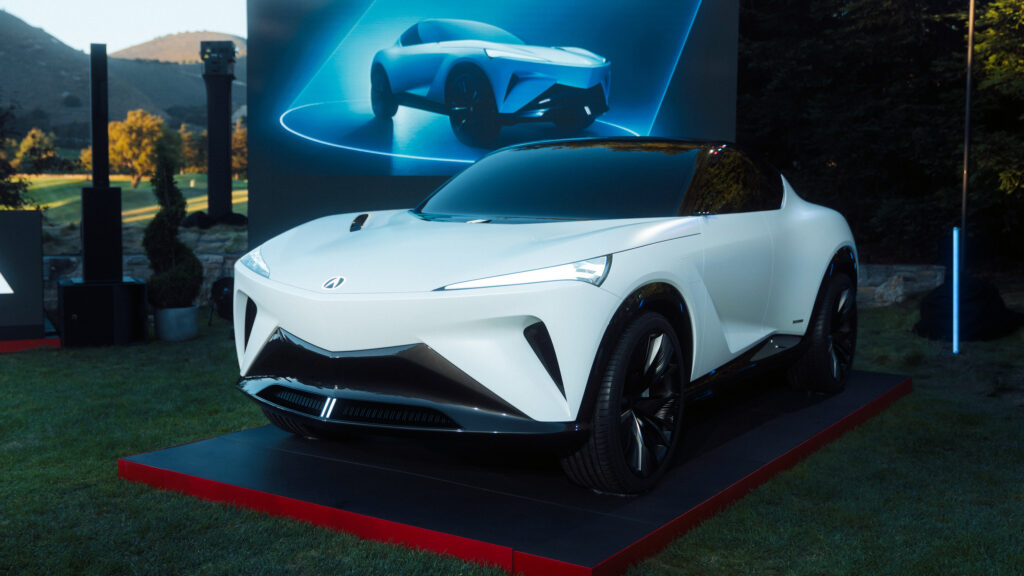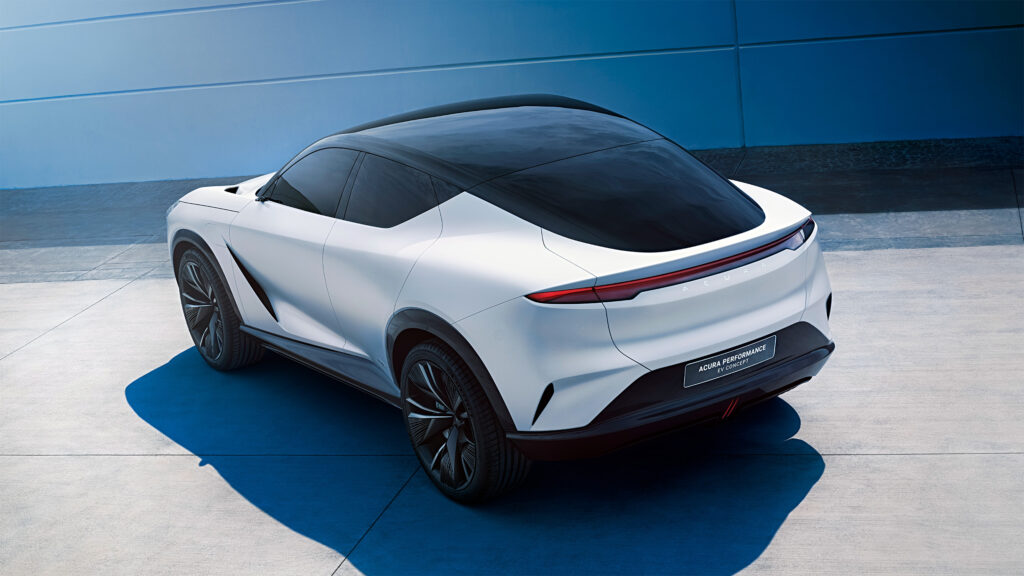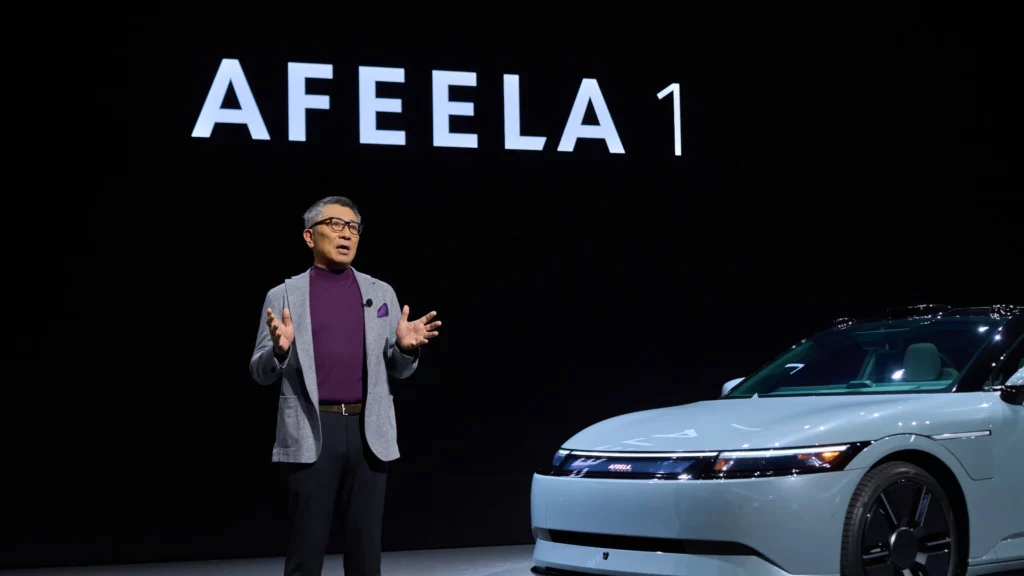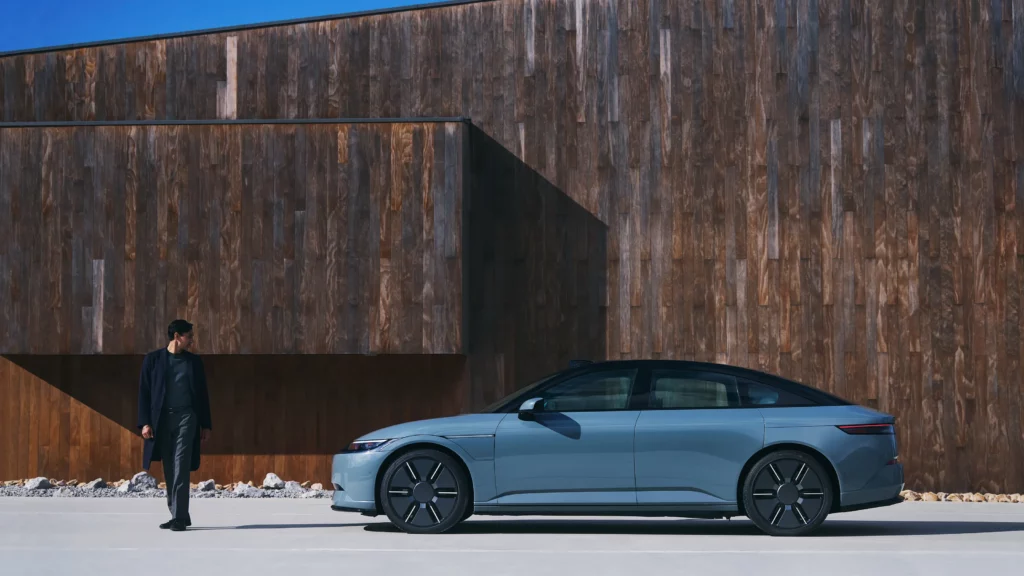New Acura RSX Shows Its Face Ahead Of Debut

- Acura’s RSX returns as an all-electric SUV, built on Honda’s in-house EV platform.
- The RSX will be the first model manufactured at Honda’s upgraded Ohio EV Hub.
- Sales of the all-electric model are expected to officially begin in early 2026.
Update: Nearly eight months after Acura first previewed the reborn RSX, a nameplate returning in a form few expected, the company has released a second teaser, this time revealing the front of the pre-production model. The new RSX is an electric coupe-crossover, and its face adopts a clean, aggressive design. There’s a subtle nod to Acura’s classic “beak” in the sculpted lines, but no traditional grille. Instead, slim headlamps anchor a minimalist front end.
Alongside the teaser image, Acura also confirmed that the RSX Prototype will make its global debut during Monterey Car Week in California, running from August 8 to 17. Original story continues below.

Hot on the heels of the company’s retro-name revival that has already included the likes of the Integra and the Honda Prelude, Acura has announced the comeback of the RSX. The catch? Well, it’s nothing like the RSX you might remember from your early 2000s daydreams.
This time around, the new RSX adopts an SUV body and will be Acura’s first model to ride on an all-new dedicated EV platform. Unlike the Acura ZDX, which borrows its underpinnings from General Motors, the RSX will ride on Honda’s newly developed in-house EV architecture, a significant step forward for the automaker’s electrification plans.
Read: Acura Plots Electric Future To Reverse Declining Sales And Reignite Brand Appeal
The introduction of the RSX is part of Acura’s plans to claw itself back up the sales charts. The automaker lost market share to competitors in 2024, as multiple models recorded double-digit drops in 2024. This will be only the second production EV to appear with an Acura badge on it, with executives highlighting the need for more battery-electric offerings.
A New EV Platform From Honda
The Honda-developed EV platform has already been shown off at CES 2025, underpinning the Honda 0 Series Saloon and SUV prototypes that will evolve into production models next year. Honda’s aim with its new EV platform will be to create lighter vehicles, as well as to reduce the overall height that most EVs require to fit their batteries inside the floor.

The new Acura RSX will also be the first EV produced at Honda’s new “EV Hub” in Ohio. The facilities at the Marysville Auto Plant, the East Liberty Auto Plant, and the Anna Engine Plant are undergoing a $700 million makeover and retooling. The Anna Engine Plant will be where the megacasting for Honda’s new Intelligent Power Unit (IPU) is made.
The IPU is a big step forward in Honda and Acura’s ambitions for EVs, serving as an integral part of the new EV platform. It’s also much larger than anything that Honda has die-cast before, and the initial development in North America, using domestic and globally sourced parts, is a win for American manufacturing.
Coupe Dreams Dashed
When news broke that the RSX name had been trademarked, first in Japan and then in the U.S., many predicted that the reborn nameplate would be affixed to a sporty coupe. Although the Integra nameplate has been revived, the fact that it’s attached to a four-door sedan rather than a sporty coupe has been a sore point for longtime fans of the brand. The fact that Honda has revived the Prelude name even made some wonder if the new Acura RSX would be a more premium riff on the new coupe.
See: Honda Trademarks RSX Name In Japan, Is Another Icon Returning?
Instead, Acura takes a leaf from Mitsubishi by turning one of their beloved coupe nameplates into an SUV. When asked by CarScoops as to why the company opted to revive the RSX name for an electric SUV and not a sports car, a spokesperson said, “We believe RSX is the right name for our new all-electric SUV. This isn’t a “revival” of the previous RSX coupe. Globally, that model was sold and marketed as Integra, and we have seen resounding fan enthusiasm for the 5th gen Integra — especially with the Type S.”

The RSX is said to take inspiration from the speedboat-like Performance EV Concept. From the one image we’ve been furnished with, it appears the new model retains some of the elements of the concept but goes for an overall more conventional approach.
The dramatic NSX-inspired rear appears to have given way to something more reminiscent of a BMW X6 or Tesla Model Y. Meanwhile, the coupe-like roofline has been profiled to be, well, less coupe-like. Still, it’s early days.
Acura hasn’t confirmed a firm on-sale date, but prototypes of the all-electric RSX will begin real-world testing this week. What we do know is that it’ll be the first car from either Honda or Acura to be built on the new EV platform at the Ohio EV Hub, so expect to start seeing the new RSX in showrooms in early 2026.












